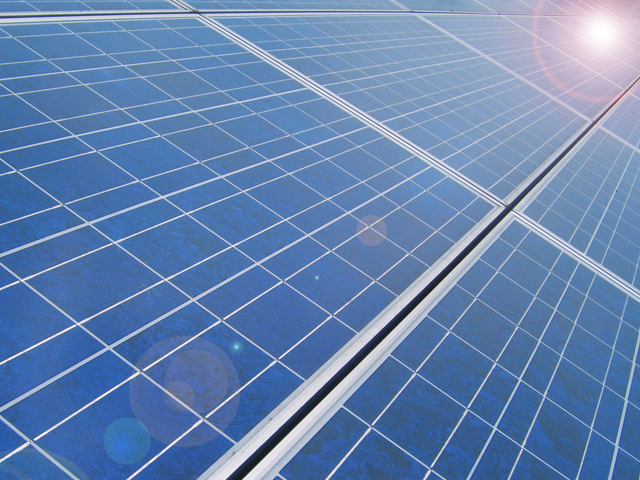If you’re a homeowner with a suitable home and enough money to invest in a set of photovoltaic solar panels for your roof, you can easily power your home cheaply and cleanly.
But while some states offer Feed In Tariff (FIT) schemes to let you sell back any excess power your solar panels generate to the local utility company, payback times on solar panels remain pretty high. FIT schemes are also known in some areas as "reverse metering" after older installations where the electricity meter spins backwards when power is fed from solar panels back to the utility grid.
Now a U.K. utility company has released data detailing how owning an electric car could reduce the payback time on solar panels to under 5 years.
To illustrate the point British Gas installed a 2.52 kWp solar panel installation at the home of British actor and electric vehicle advocate Robert Llewellyn, who hosts the FullyCharged web TV series and is a regular on the TransportEvolved podcast.
Llewellyn, who currently has a 2011 Nissan Leaf on loan, was able to use the solar panels on his house to provide 85% of the total electricity required to power his car 2,680 miles.
According to British Gas’ math, that means that Llewellyn was able to drive 1,000 miles in his Leaf for just over $8 of electricity -- instead of the estimated $54 cost to charge the car using a standard electricity tariff or over $200 in gasoline.
Solar Panels by Flickr user Chandra Marsono
Based on an average mileage of 12,000 miles per year, British Gas said it would be possible for an electric car owner to see a complete payback on a 2.5 kWp solar installation in as little as 4.5 years thanks to an estimated FIT income of $1,626 per year and over $2,600 in saved gasoline bills.
Admittedly, buying a solar panel array for your home as well as an electric car is a big spend, but with domestic electricity prices on the rise and traditional forms of investment looking less enticing than they once did, the combination of electric car and solar panels seem like an excellent marriage.
But before you rush out to combine the two, remember the financial commitment involved is a big one -- and not every state has FIT legislation to enable you to sell your excess energy back to the utility company. In addition, savings may be less in some parts of the U.S. than they are in Europe, where traditionally higher energy prices and huch pricier gasoline combine together to mean the savings from going solar are larger than they may be in the U.S.
+++++++++++













